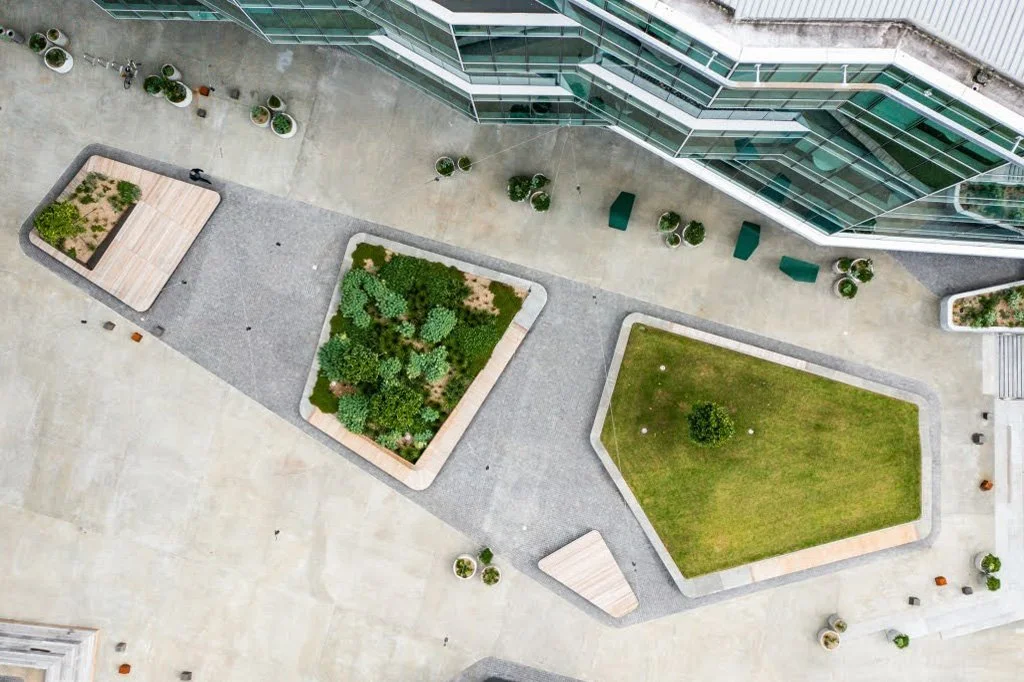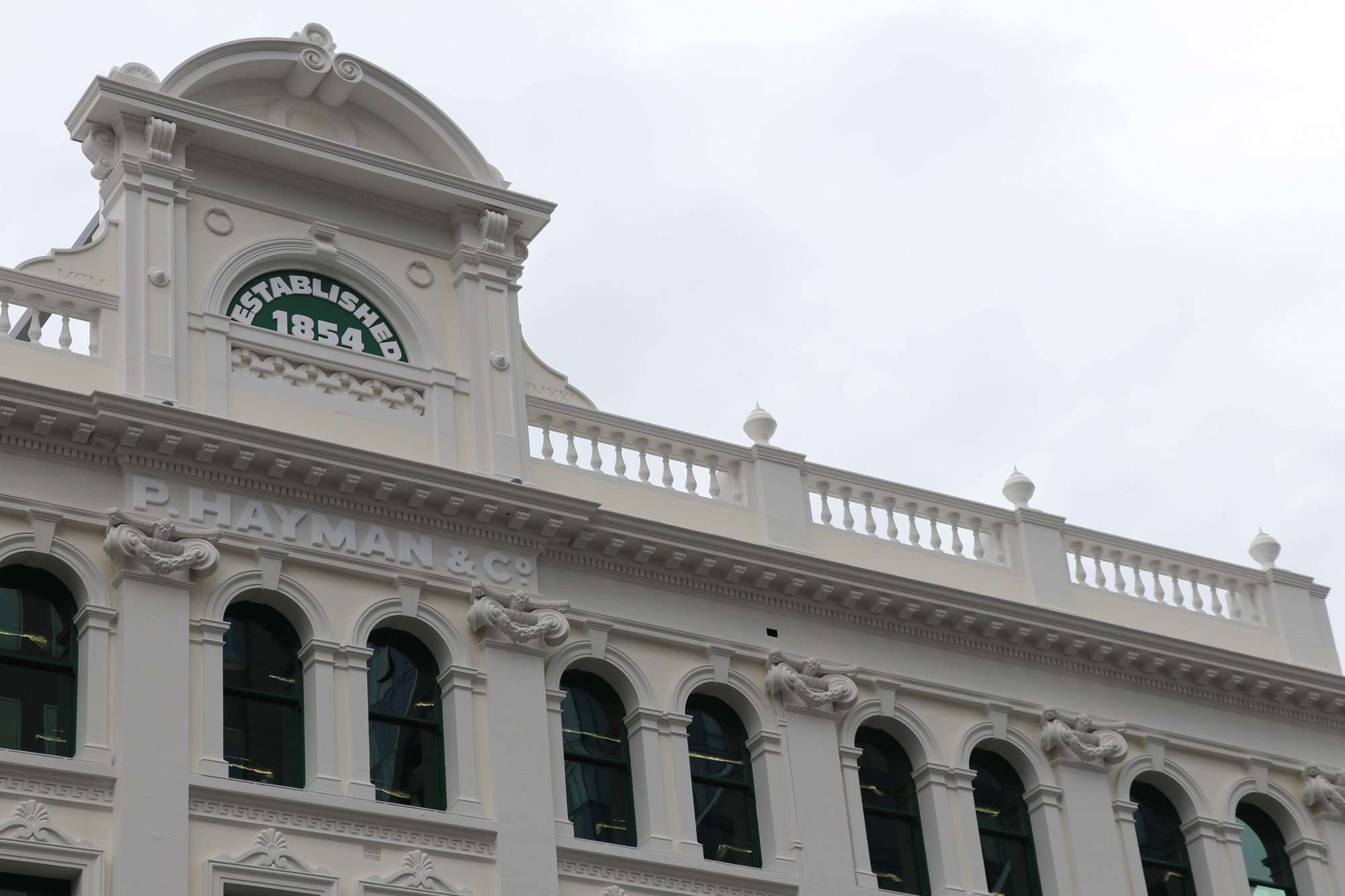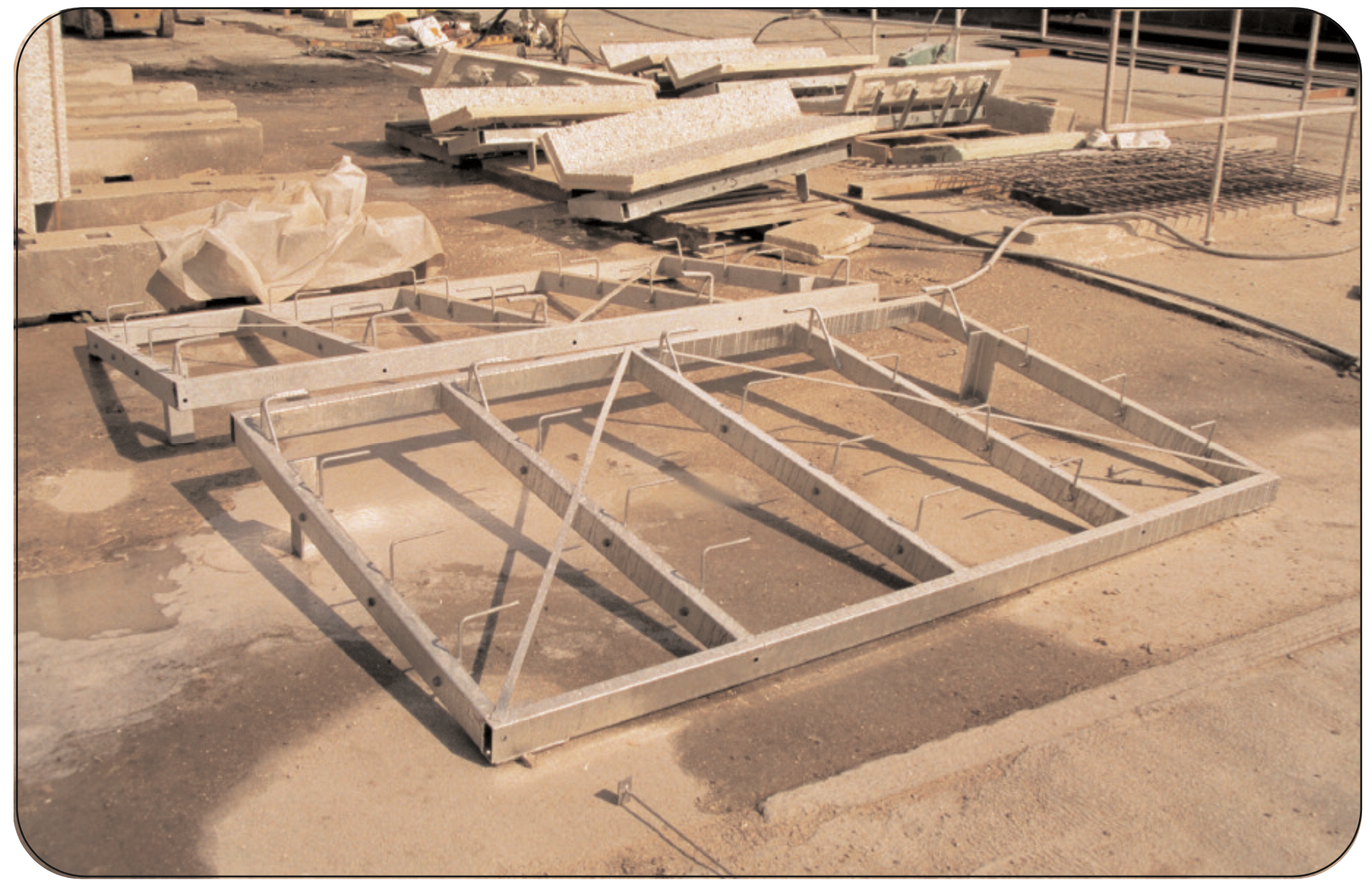Break free from the confines of traditional concrete construction and partner with Liquidstone GRC to deliver your vision. The ultimate in design versatility and durability
Highly customisable applications & products
Liquidstone GRC (Glass fibre reinforced concrete) is a highly versatile and durable building material with almost limitless possibilities for shape, colour and texture that can be utilised in a huge range of products and applications including rain screens, facade panles, street furniture and much more
PUBLIC BUILDINGS AND AMENITIES
From street furniture, signage and planters to intricate architectural elements for Heritage buildings, museums, transport hubs, and government buildings
COMMERCIAL & RESIDENTIAL ARCHITECTURE
Cladding and facade panels for all types of commercial and residential construction from low rise private residences to multi storey office towers.
CIVIL & ENVIRONMENTAL ENGINEERING
Acoustic / sound barriers, drains, culverts and pits plus permanent formwork (e.g Bridge construction with a dual function as formwork and visual face former)
Design Freedom
Liquidstone GRC is easily mouldable into a huge range of shapes and 3-D geometry and can be produced with very fine details and complex features combined with a huge range of colour and texture possibilities.
DURABILiTY
GRC has inherently high resistance to extreme environmental conditions and offers superior performance under seismic loading. GRC has low permeability and is not susceptible to corrosion.
ECONOMY
GRC products made in thin walled sections are both high strength and relatively low weight providing significant cost benefits and program efficiencies over the lifetime of your investment.
Environment
Made locally, GRC has naturally low embedded carbon is low energy and emits no volatile organics, compounds or pollutants in production or use.
Stud frame construction
Stud Frame Construction
A GRC stud frame cladding panel consists of a single skin of GRC attached to a prefabricated frame, usually metal, by means of L shaped flexible anchors (termed flex anchors) and support anchors (known as gravity anchors). Regular spacing of the flex anchors ensures that the effects of wind loading are evenly distributed over large areas of the panels. The flex anchors are for lateral support to the GRC facing whilst allowing some degree of rotation and shrinkage/moisture movement of the GRC. The gravity anchors are positioned along the bottom of the panels and support the self weight of the GRC. This form of construction has gained popularity particularly when very large and generally flat panels are to be made. The stud frame system allows panels of 10-20m2 to be manufactured, transported and erected.
Consideration needs to be paid to the material of the frame to avoid risk of corrosion and accordingly stainless steel or suitably treated and protected mild steel are used. This selection may depend on local building regulations. The wall construction is typically completed by an inner skin of gypsum plasterboard and the space between the outer and inner skins filled with insulating material such as rockwool to give thermal insulation and good fire resistance. Figure A: shows a typical arrangement of a stud frame for a rectangular GRC cladding panel.
Figures B to D: indicate how unbonded flex anchors and gravity anchors are intended to perform. Note how they all point to the centre of the panel to alleviate adverse shrinkage stresses.
Figure A: TYPICAL arrangement of Stud Frame
NOTE: All gravity and flex anchors point towards the centre of the panel to allow free shrinkage
The flex anchors allow vertical and horizontal shrinkage of the cladding panel. Vertical shrinkage is accommodated by rotation of the flex anchors, by virtue of using a hand tight, lock nut arrangement, whilst horizontal shrinkage is allowed by the debonding sleeve placed on the flex anchor before bonding it to the face. The self-weight of the panel is supported solely on the fixed gravity anchors which are also sleeved to allow horizontal shrinkage of the GRC towards the centre of the panel. Gravity anchors behave as a strut and tie system to support the weight of the panel (Figure D).
Figure B: Stud Frame fabricated from rectangular hollow Sections
Figure C: Typical Flex Anchor indicating degrees of freedom
Figure D: Typical Gravity anchor acting as a strut and tie system
NOTE: All flex and gravity anchors should be fitted with debonding sleeves prior to constructing the bonding pads.








